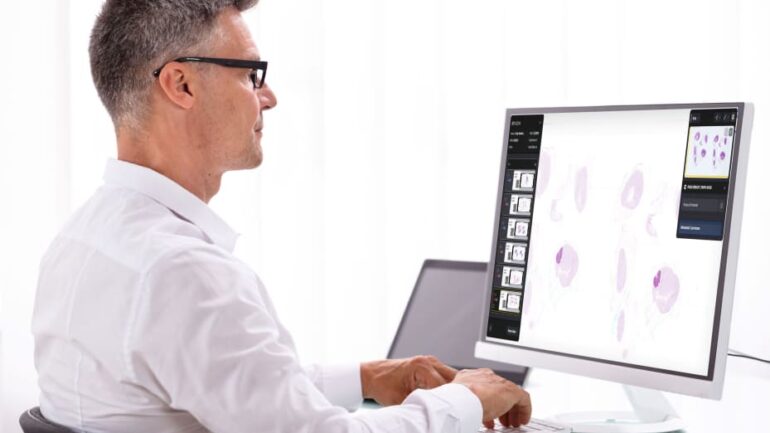TL;DR:
- Paige and Microsoft collaborate to create the world’s largest AI model for cancer detection.
- The model will be built using a vast database of cancer biopsy images with billions of parameters.
- Paige plans to gather 4 million digitized microscopy slides, linking them with extensive clinical data.
- The partnership aims to enhance precision and introduce novel capabilities in oncology diagnostics.
- Microsoft’s Azure infrastructure will enable the global deployment of Paige’s AI programs.
- Paige’s upgraded breast cancer-focused software suite streamlines the diagnosis process.
- Currently, the Paige Breast Suite is approved for use in Europe and the UK, with U.S. applications limited to research.
Main AI News:
In a groundbreaking collaboration, digital pathology leader Paige has joined forces with tech giant Microsoft to forge what is poised to be the “world’s largest” artificial intelligence model, centered on an extensive database of cancer biopsy images. Paige had previously developed an AI model designed to identify tumor indicators within tissue samples, utilizing over 1 billion images sourced from approximately 500,000 pathology slides, encompassing various cancer types.
With the backing of Microsoft’s Azure cloud computing prowess, this former Fierce 15 laureate aims to construct a novel model that eclipses all existing image-based AI models, boasting billions of parameters and variables. The monumental task at hand involves aggregating up to 4 million digitized microscopy slides, originally hailing from Paige’s inception at the Memorial Sloan Kettering Cancer Center, and connecting them with the company’s vast clinical data archive, measured in petabytes.
“This collaboration between Paige and Microsoft marks a historic moment in oncology,” declared Thomas Fuchs, Paige’s founder and chief scientist, in the official announcement. “By harnessing the potential of generative AI on an unprecedented scale, we are unlocking a new dimension in the microscopic realm, facilitating not only significantly heightened precision but also entirely novel capabilities.”
Additionally, Paige intends to leverage Microsoft’s Azure infrastructure to facilitate the deployment of its AI solutions to hospitals and pathology laboratories on a global scale. Earlier this year, Paige introduced an upgraded iteration of its software suite, tailored to breast cancer diagnostics, with the goal of streamlining the traditionally laborious process of manually identifying the disease from tissue slides. This suite includes features for automatically prioritizing images likely to reveal signs of burgeoning tumors and tools for quantifying the quantity and density of dividing cells. While the Paige Breast Suite has received approval for use in Europe and the UK, its application in the United States is currently restricted to research purposes.
Conclusion:
Paige’s collaboration with Microsoft signifies a major leap forward in the field of oncology diagnostics. The creation of the world’s largest AI model for cancer detection, powered by an extensive image database, has the potential to revolutionize precision and open new possibilities in cancer diagnosis. This partnership also facilitates global access to Paige’s AI solutions, further expanding their reach in the market and reinforcing their commitment to advancing cancer detection technologies.

